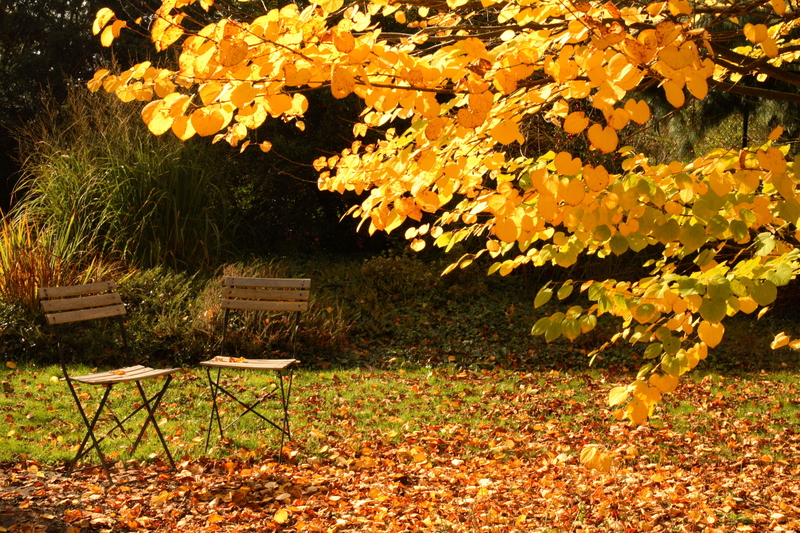Simple Steps for Winterizing Your Garden in Preparation for the Cold Season
Posted on 15/07/2024
As the temperatures begin to drop and the days become shorter, it's time to start thinking about preparing your garden for the cold season ahead. Winter can be harsh on plants and neglecting to take proper precautions could result in damage or even death to your garden. In this article, we will discuss simple steps you can take to winterize your garden and ensure it remains healthy until spring arrives.
Prepare Your Soil
The first step in winterizing your garden is to prepare the soil. Remove all dead plants, leaves, and debris from the soil as they can harbor pests and diseases that could harm your plants in the future. Next, loosen the soil with a gardening fork to improve aeration and drainage. This will also make it easier for nutrients and water to reach the roots of your plants.

Protect Your Plants
Once your soil is ready, it's time to protect your plants from the harsh winter elements. For smaller plants, you can cover them with a layer of mulch or straw to insulate them from the cold. For larger plants and shrubs, consider wrapping them in burlap or using a protective barrier such as frost cloth or plastic sheeting.
Prune and Trim
Winter is also a good time to prune and trim your plants. Remove any dead or damaged branches as they can become entry points for pests and diseases. Also, by pruning back overgrown branches, you can promote healthy growth in the spring.
Water and Fertilize
It's important to continue watering your plants throughout the winter months, especially if there is little rainfall. However, be sure not to overwater as this can lead to root rot. Additionally, consider fertilizing your plants before winter sets in. This will provide them with essential nutrients during their dormant period.
Clean Up Garden Tools and Equipment
Before stowing away your gardening tools for the season, take some time to clean and properly store them. Remove any dirt or debris and sharpen blades if necessary. This will ensure that your tools are ready to use when spring arrives.
Pros and Cons of Winterizing Your Garden
Pros:
- Protects plants from damage and death
- Promotes healthy growth in spring
- Prevents spread of diseases and pests
- Gives you an early start on gardening in the spring
Cons:
- Can be time-consuming and labor-intensive
- Additional expenses may be incurred for materials such as mulch or protective coverings
- May not be necessary for plants that are cold-hardy
Tips for Winterizing Your Garden
1. Start early - don't wait until the first frost to begin winterizing your garden.
2. Choose plants that are suitable for your climate to minimize the need for winterization.
3. Don't prune too late into the season as it can stimulate new growth that may not survive the winter.
4. Consider using natural pest control methods instead of pesticides, which can harm beneficial insects.
5. Use plant labels or a garden journal to keep track of what plants have been winterized to avoid accidentally disturbing them.

Takeaways
By following these simple steps, you can help your garden thrive during the harsh winter months. Properly preparing your soil, protecting your plants, pruning and trimming, watering and fertilizing, and cleaning up your tools are all important tasks in ensuring a healthy garden come springtime.
Conclusion
Winterizing your garden may require some effort, but it is well worth it to protect your precious plants from the harshness of winter. By taking these simple steps now, you can enjoy a beautiful and healthy garden when warmer weather returns. So, don't neglect your garden this winter - start preparing it now for a successful growing season ahead.




